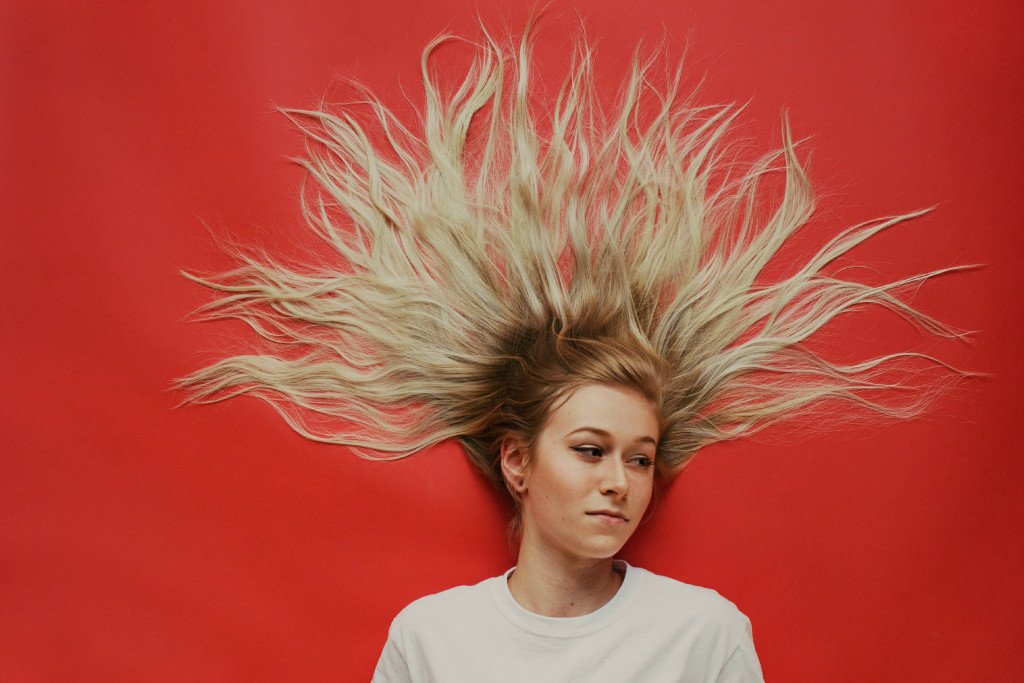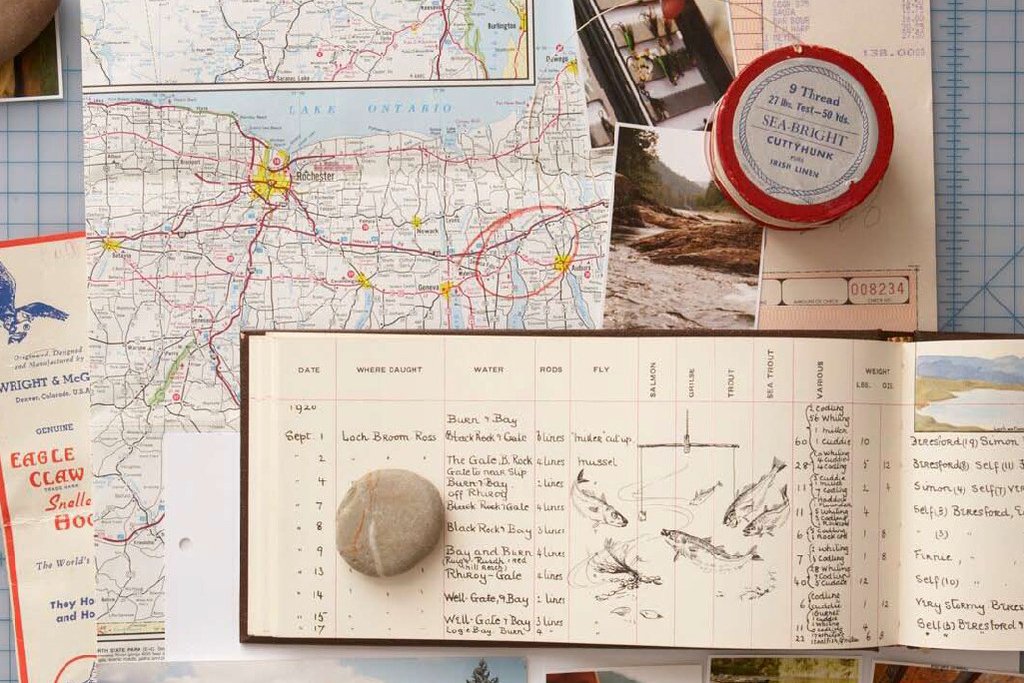Article: How to Get that Killer Shot

How to Get that Killer Shot

1. It’s all about light.
Light is what makes up your image. Our eye is naturally drawn to the brightest spot in a composition, or with portraiture - other eyes. From there, you can break down the composition from its shapes, from soft curving lines to harsh, geometric ones. Creating a balance of shape, color and light is a very intuitive process. I am very intentional in knowing where I want the viewer to focus. Putting your subject right in the center of the frame is obvious, and, frankly, a little boring. I am always asking myself how I can push the viewer’s eye to travel to every corner of frame, and to see a scene or subject in a new way.

2. Relax Your Subject.
Don’t be too much of a perfectionist. Many of my favorite photos have been quick, gut-feeling snaps that I took in the moment. And when it comes to shooting portraiture, I like to have people act naturally and try to forget that I’m there. That’s the big difference between photographing objects and people -- with people, you’re looking for that unpredictability. It’s human. It can be hard for a lot of people to relax in front of a camera, though. I try to make them laugh, and talk to them in between shots.

3. Less Is More.
The one thing I really wish that I learned earlier in my career? A lot of editing will not make an image great. Always try to get the image right in the moment, right in your camera. In most cases, when it comes to post-production editing, the less you have the better.

4. Get inspired by others.
And I don’t just mean by other photographers. Visual art has a huge effect on my own work, but so have other forms of art, written, heard and felt. My senior thesis film was inspired by, and based on, a poem. I find one form of creative expression isn’t mutually exclusive from another: written work has a visual component, and imagery is a kind of language. It’s just that one form of expression might fit what you’re trying to communicate better than another. Some of my biggest influences are writer J.D. Salinger, poet Olena Kalytiak Davis & filmmaker Wong Kar Wai.

5. Understand your equipment.
When I first started taking pictures, I didn’t have a good understanding of my camera, and I look back on some of my early work and wish that I had known more about things like aperture and shutter speed. It can be really overwhelming and confusing at first, but read your manual. Look up tutorials. Talent can take you far, but the best photographers really dedicate themselves to understanding their craft.

6. Be prepared.
I can’t always carry around my camera (it’s heavy and pricey), but I usually have a fuji instax camera with me. You never know when inspiration will strike, or when you’ll find a location to remember, or a fleeting moment begging to be captured. Now we all have cameras on our phones, but there’s something so classic and gratifying about having that picture print out right away! I have a huge stack of Fuji instax photos that I'm planning on making into photo albums for my friends -- they make great gifts.
See more of Mel’s photography at http://melissalakhena.

